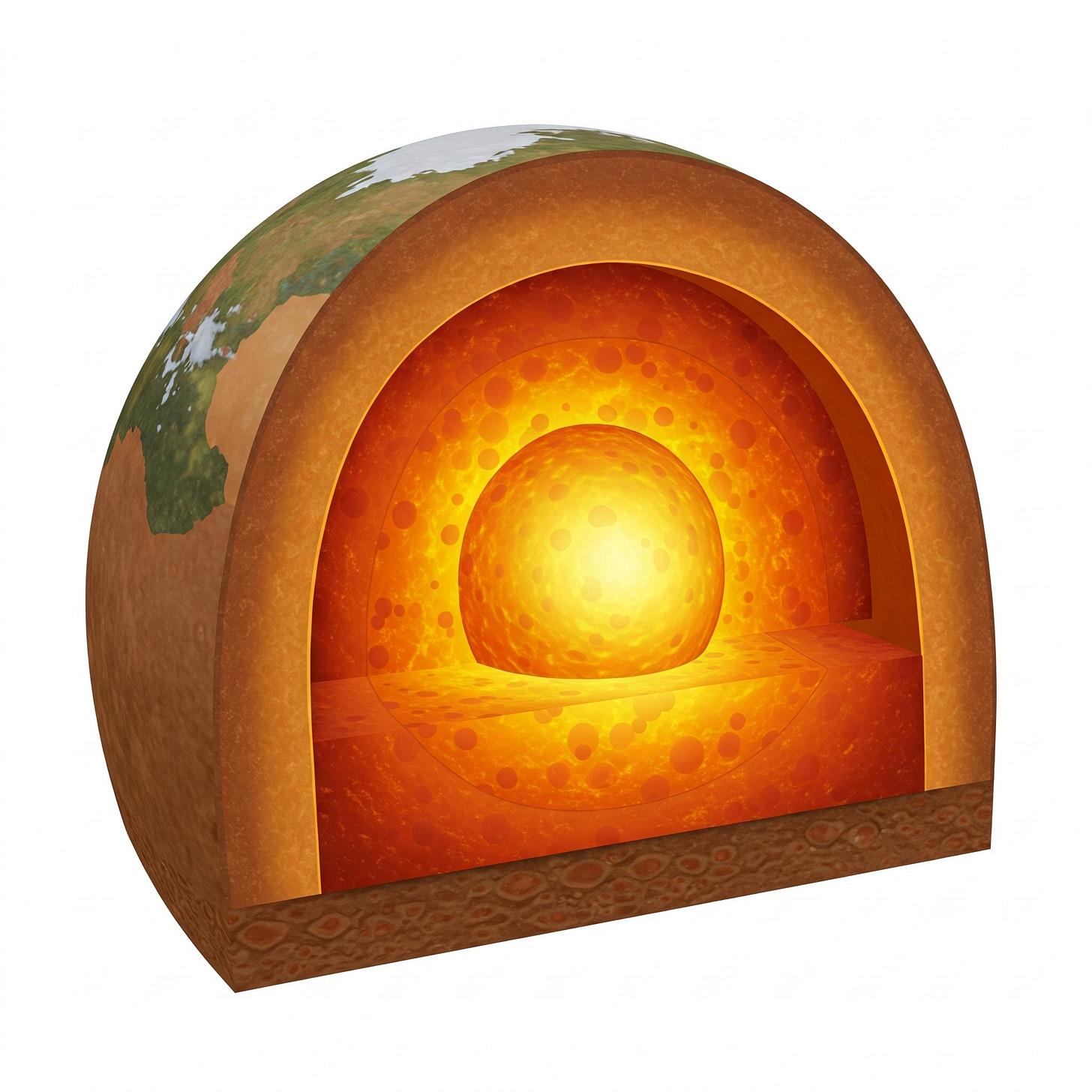Have you ever heard that glass is a liquid?
If you look at older houses, it sort of looks like the windows have begun to melt. Are they slowly flowing down, so the bottom of older glass objects eventually becomes thicker?
No, certainly not. You can look at very old objects made of glass, like the Lycurgus Cup from about 1700 years ago. Ancient Romans made this cup dichroic, meaning it appeared in green when the light was reflected from it, but red when the light passed through:
This cup isn’t melting, and neither are those old windows you’re thinking about. Instead, glass is called an amorphous solid. The atomic structure lacks the rigidity of crystalline solids like quartz or diamonds, contributing to the further misconception. Even still, glass exhibits all the necessary characteristics to make it a solid, including maintaining a fixed shape (ever try bending glass?) and withstanding shearing (perpendicular pressure).
Those windows you saw were formed into those shapes when they were created, not over hundreds of years. Window-making techniques have come a long way since then.
In a similar vein, all around the sphere we call Earth is something we call the crust. You probably learned about this in middle school, along with the mantle, outer core, and inner core. A simple view like this was probably presented, helping you make sense of the complex processes under the surface:
And, you’ve probably heard about plate tectonics. Maybe you learned that there was once a single continent called Pangea, and the continents have been steadily drifting apart for the last 200 million years or so. I remember thinking that those plates must be sort of floating along the magma, the layer underneath the crust.
That’s not a bad proxy if you’re a kid, but if you really want to understand what’s going on, you need the concept of a lithosphere.
Crust and mantle really are distinct layers. The crust is where all of the buildings on Earth stand, and where nearly all humans have always lived. By contrast, the mantle sits beneath the crust, and the properties are notably different. It’s much denser than the crust, and the raw materials are different. If you could imagine traveling down from the crust, you’d hit a boundary where the mantle begins and things get much more dense.
Even still, the two layers also combine to create a new superstructure we call the lithosphere. As etymologies go, this one’s incredibly easy: lithos comes from a Greek word meaning stone, and you already know what a sphere is.
Stone sphere.
You can imagine a bunch of tiny rocks that make up the lithosphere all as one semi-cohesive unit. This unit is floating, in a manner of speaking, on top of what’s left of the upper mantle.
The rest of the upper mantle is kind of its own thing, too. We call it the asthenosphere, and the etymology here is just as telling as with lithosphere: the Greek word ἀσθενής (asthenḗs) means weak or without any strength. There’s no strength because asthenosphere is sort of gooey, if you zoom out enough.
It’s not gooey at the scale of human beings. What I mean is that if you bite into a cake, you’re chomping down on lots of very hard, rigid things that happen to glide past one another, creating the illusion of smoothness. The asthenosphere is like this, with densely packed rocks under so much pressure that they become almost partially liquid.
Instead of the four layers we learned as kids, we might consider thinking of a different (and more useful) classification consisting of an outer layer (the lithosphere) on top of the asthenosphere. Keeping the inner and outer cores intact still gives us four layers.






you share the coolest stuff and in a really lovely way.
you’re like the anti-hank green and i mean that in the best possible way. (that dude is a weirdly disingenuous greed monster)
As always, Andrew is here to tell me that everything I believed was a lie. What's even real anymore?!